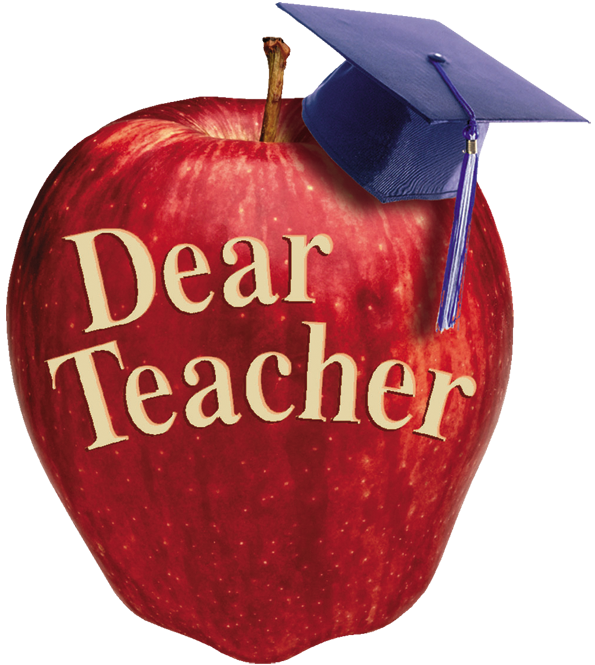Question: My daughter is in preschool and can continue on at this school through eighth grade. The school combines kindergarten and first grade. What do you think about a K-1 experience? I've not heard of it before. What happens if the child completes the first grade work the first year of the K-1 class? -- Need Information
Answer: Years ago, there was the one-room school where as many as eight grades were taught in one room by one teacher. Today, the concept of two grades being taught together is very common in Montessori schools, where the children are largely working independently on their own level. Some public schools also follow this model.
In public schools, the main reason today for combining grades is because of the need to balance class size throughout a school. In this situation, both classes are usually taught separate curriculums.
Research on the pros and cons of combining classes at the K-1 level is scant. There is some evidence that this combination has positive social aspects with the older students having leadership roles in guiding the younger ones and the younger ones learning how to behave appropriately from the older students. One of the big cons of combination classes is that not all teachers have the skills to handle them.
To find out exactly how the combined classroom experience works at this school, the easiest way to learn is simply to visit a classroom. In addition, you need to ask a lot of questions of the teacher or administration to fully understand it.
